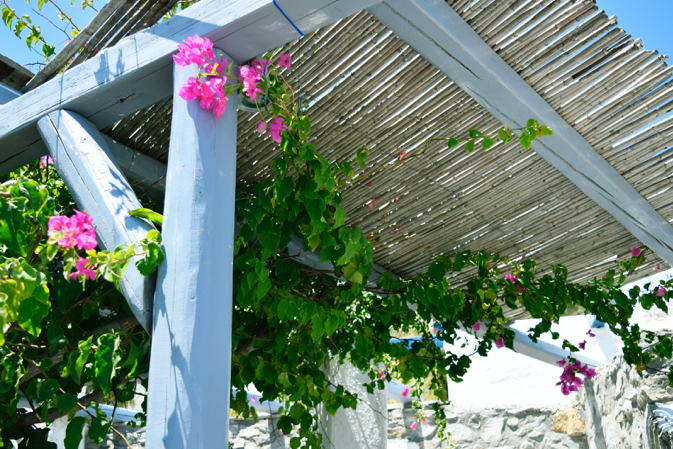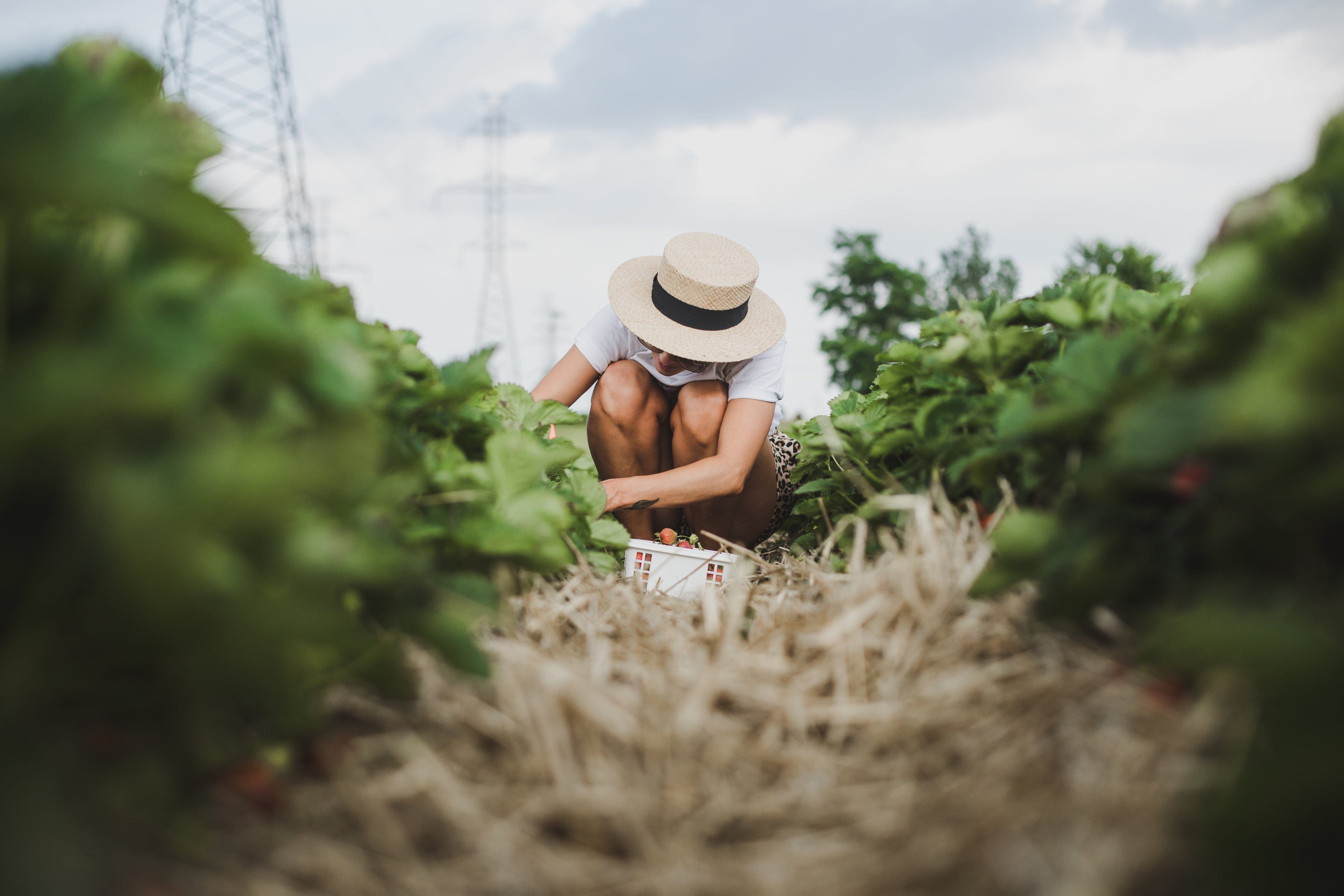
What is the best type of soil for plants?

Getting to know your dirt is the perfect introduction, or reintroduction, to gardening that you didn’t know you needed.
Before reading about the best type of soil, try understanding the difference between compost, fertilizer and soil
Making sure that you have the best possible type of soil for your plants is more important than you could imagine. Even if you are pumping the soil full of fertilizer and various plant foods, the type of soil you have will still be the ultimate factor that determines just how lush your garden will be.
When you are starting out with your garden, it is important that you can identify and understand your particular soil so that you can create the ideal growing conditions for your plants.

Sandy, loam and clay are the words used to describe the 3 most commonly found soils and along with these 3 popular soil types, you also get silt soil, peat soil and chalk soil.
Each of these terms is used to describe the texture of the soil. Soil texture is important because it will play a huge role in how the plants will grow depending on the various conditions, such as wind or rain, which the soil will experience.
The soil texture will be determined by the size of the mineral particles found within each type. These mineral particles are created from all kinds of rock being broken down over thousands of years, through slow climate and environmental changes. This process has never stopped as erosion, the movement of rivers and glaciers, frosts and the movement of animals continue to crush rocks into tiny mineral fragments which lead to soil being formed.
The Common Types of Soil
Sandy Soil

Sandy soil is the coarsest of all of the soils. When you take a handful of soil in your garden and you rub it through your fingers, if your soil is sandy it will feel rough and gritty. This is because the sandy soil has particles which can be between 2mm and 0.05mm in diameter.
Sandy soil is quite common although it is the type of soil that requires plenty of work to make nutrient rich for plants. This soil is prone to poor water retention since it is too loose to hold water, it is highly permeable which means water runs through it quite easily, and it is considered to be lightweight which can make it a little more difficult for roots to take hold.
This soil is for the most part incredibly dry, which makes it a less than perfect option for extremely hot climates but this is not to say that this soil is not worth using. Sandy soil can be mixed with other soils, as well as composts and fertilizers to improve its water retention and its nutrient qualities.
How to improve sandy soil
If you find that your sandy soil is under performing or if you are looking to prepare your soil for new plants, you can improve it by working in manure or compost and you can also do a little mulching with leaves, wood chips, straw or bark (potting mix) to improve the water retention properties.
What can you plant in sandy soil?
If you live in an area with sandy soil, you’ll be happy to know that there are loads of plants that will grow well in it, provided your give the soil and your plants enough water and care.
The vegetables that you can grow in sandy soil include potatoes, carrots, lettuce, tomatoes, zucchini, cucumber, beans, corn, and radishes. Lavender, rosemary and thyme are also rather compatible with this soil.

As for garden plants, day lilies, sweet alyssum, salvia, butterfly bushes, mimosa and silk are all great options.

Clay Soil

Clay is by far one of the heavier soils you will come across. Its ability to retain water might make it sound like an attractive option for gardens in dry areas but the immense density of the clay soil can end up strangling the plant roots, resulting in either a dead plant or one that is constantly struggling to reach its full growth potential.
Clay soil is very slow when it comes to draining, which can cause roots to become water logged which in turn can cause roots to rot. In summer, clay dries out to the point that it begins to crack while it rainy seasons the clay can become slippery. For gardening, this soil can become a real test.
How to improve clay soil
Clay soil might be difficult to work with, but growing plants in it is not impossible. To improve this soil for planting you can add an organic compost that will assist with the compaction issues while in the summer it will reduce drainage. You should avoid adding peat soil or sandy soil to clay as a way of improving it, as you might end up creating a whole new problem.
What can you plant in clay soil?
Any plants with shallow roots can thrive in clay soil. You can grow beans, lettuce, broccoli, cabbage, Echinacea, day lilies, cone flowers, yarrow, and fountain grass.

Loam Soil

The last popular soil that you could come across is loam soil. Loam is considered the ideal soil by many gardeners, because it is a combination of clay, silt and sandy soil. This combination removes the negative qualities of each of these three soils, and leaves the gardener with the best of each type. The composition of this soil can lean more towards one type of soil, depending on how it has been formed. This means, for instance, you could end up with a high clay content loam soil.
Loam soil is highly fertile and it is known for its superb drainage properties, making it a much sought after soil in the gardening community.
How to improve loam soil
You might think that loam has it all, but it can still benefit from a little extra treatment. The best way to improve your loam soil would be to add organic matter like a good quality compost or manure. You can also add grass clippings, dried leaves and bark.
What can you plant in loam soil?
The type of plants you can plant in loam soil is going to depend on the composition of the soil. But since loam soil is considered the best of the best, you can plant just about anything in it including onions, cucumbers, green beans, tomatoes, spinach, hyacinths, sage, sunflowers, and lilies of all kinds.

Interested in reading more, click on the below:
Ready to soil your relationship with your garden, let us help: The Pot Shack




Leave a comment
This site is protected by hCaptcha and the hCaptcha Privacy Policy and Terms of Service apply.